The Blue Mountains hold a special place in Aboriginal folklore, with stories that have been passed down through countless generations. I’ve always been captivated by how these ancient tales reflect the deep bond between the land and its people.
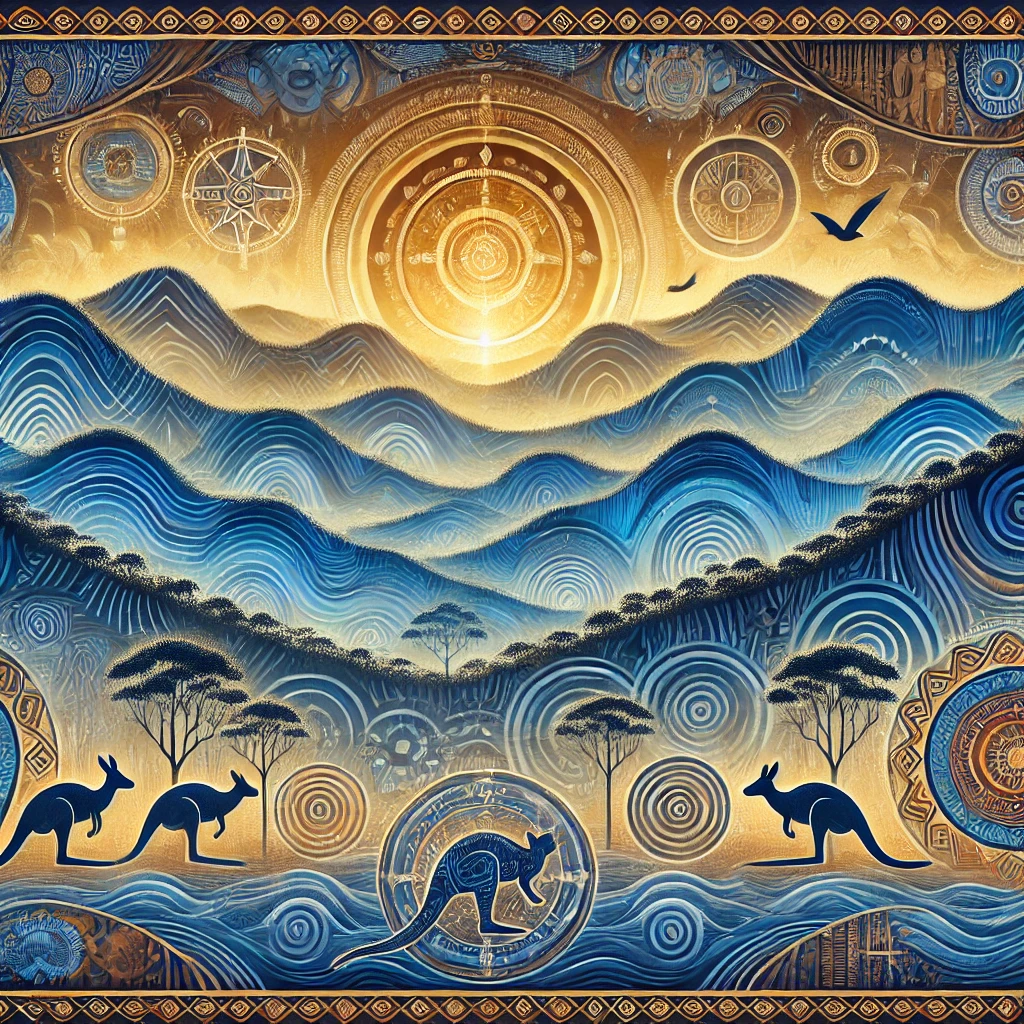
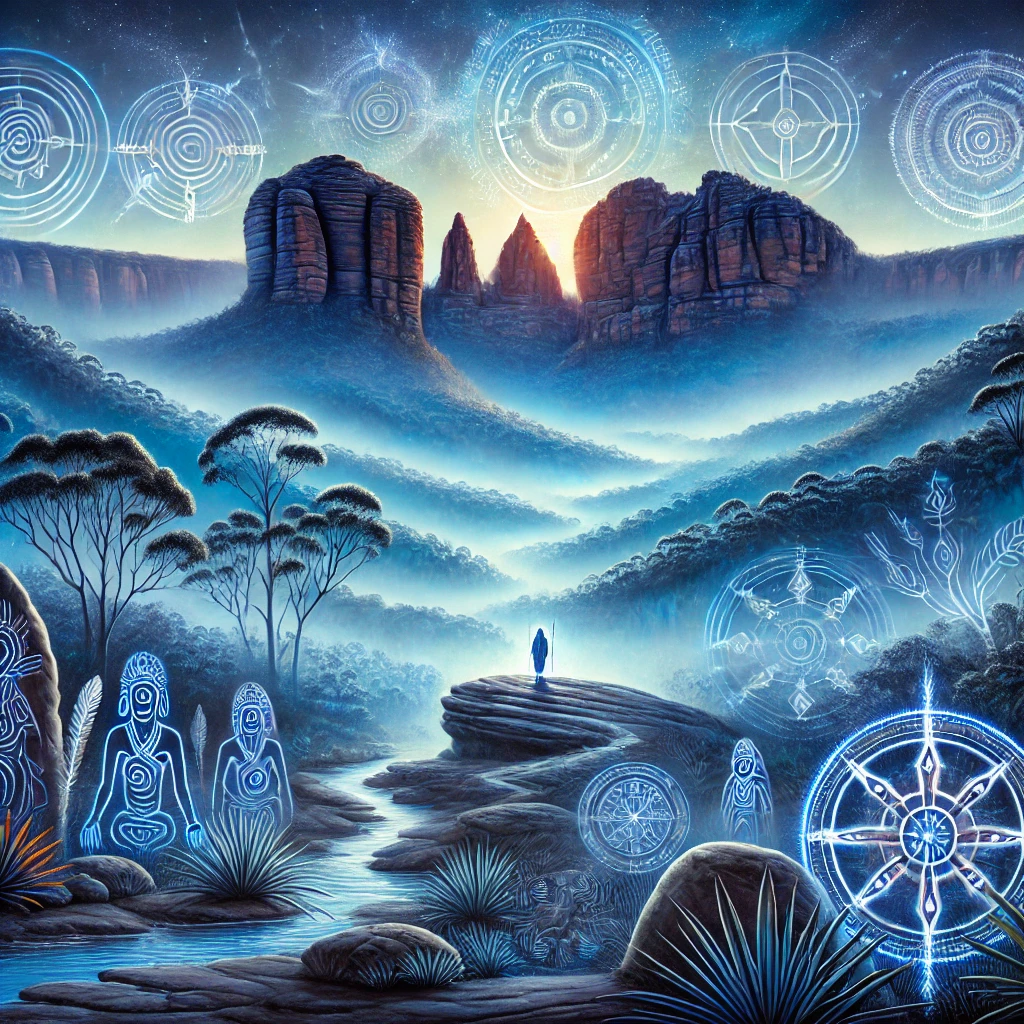
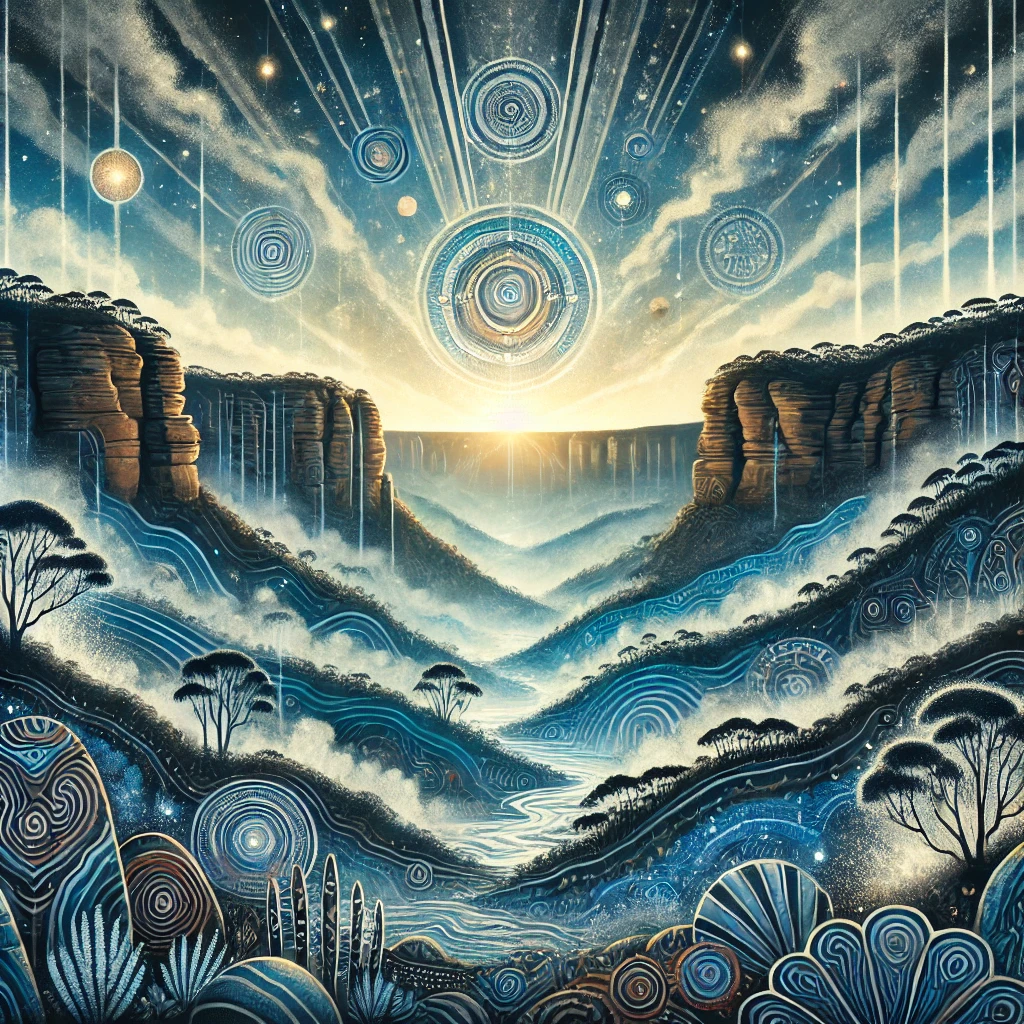

Diving into the folklore reveals more than just legends; it uncovers the rich cultural heritage that shapes Aboriginal identity. The Blue Mountains aren’t merely a stunning landscape—they’re a tapestry of myths and traditions that highlight the resilience and wisdom of the Aboriginal communities.
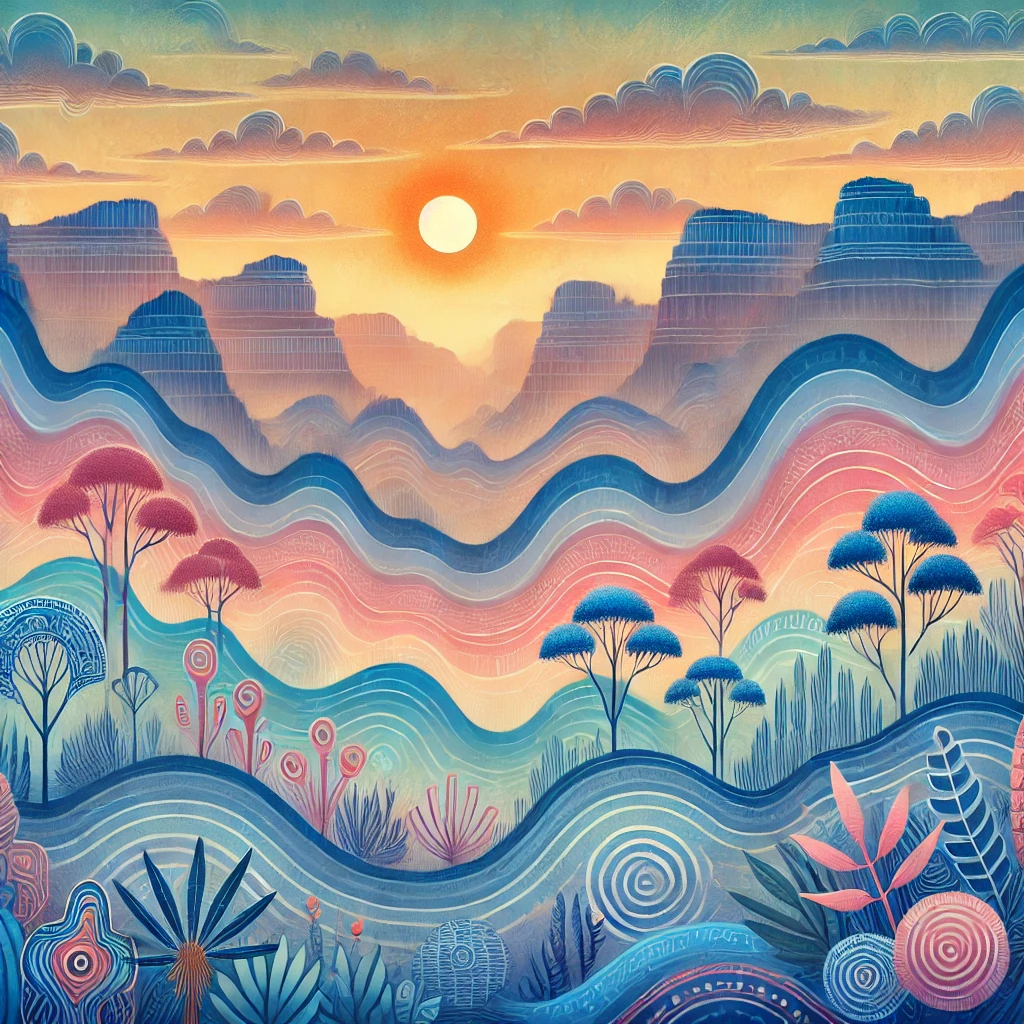
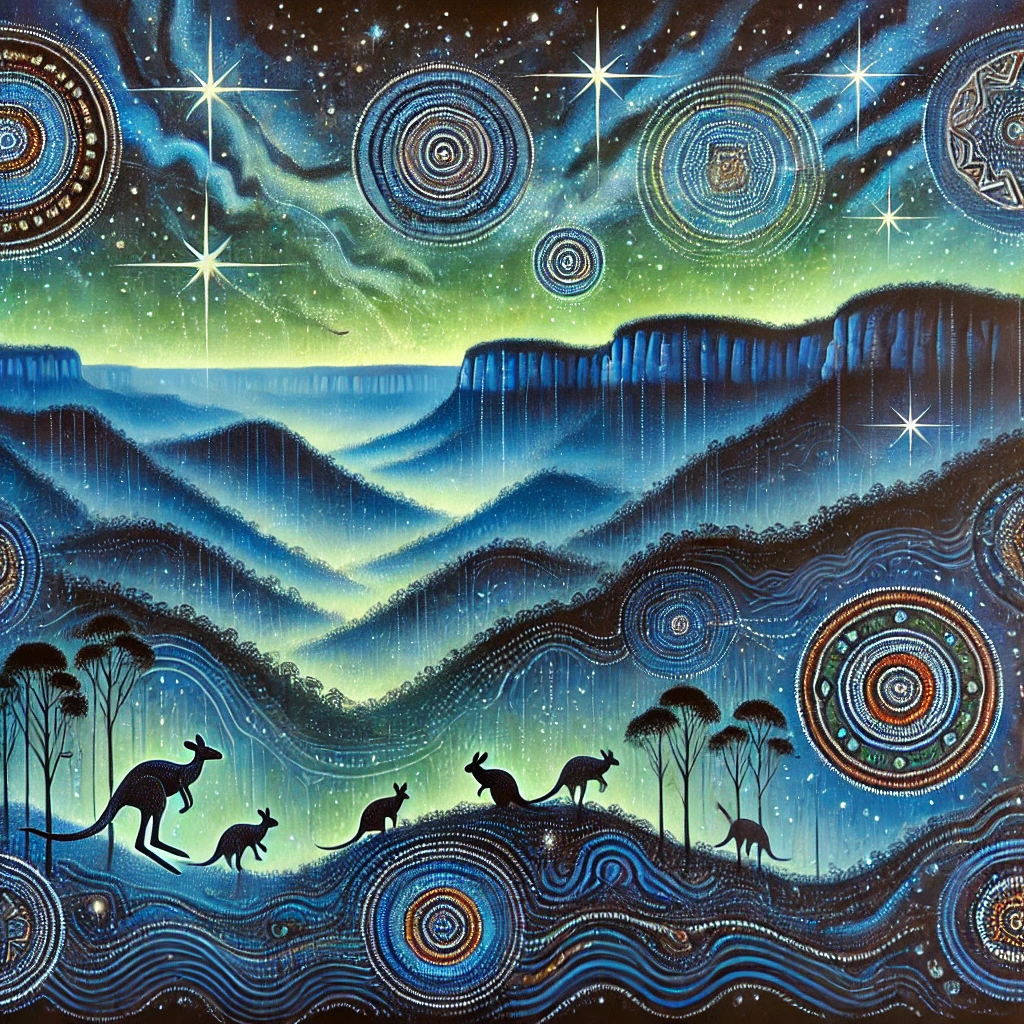
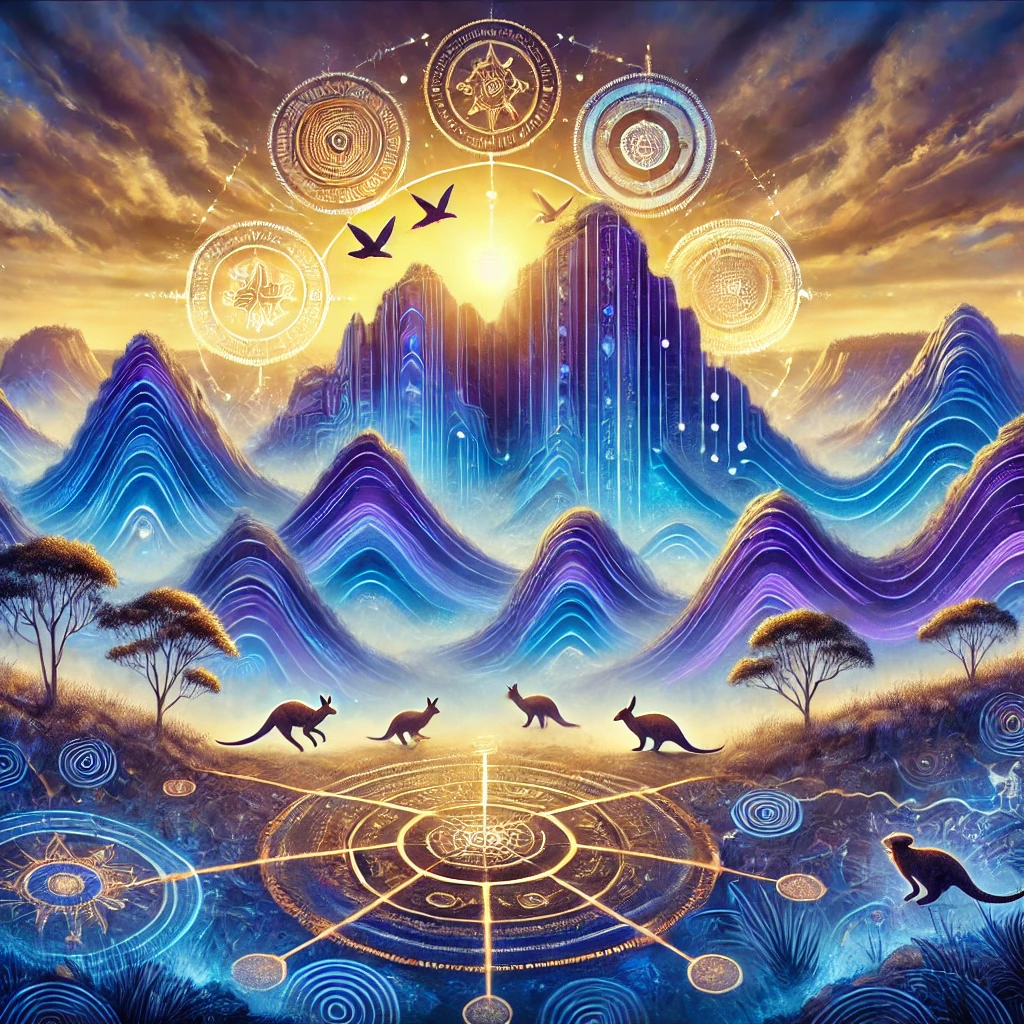
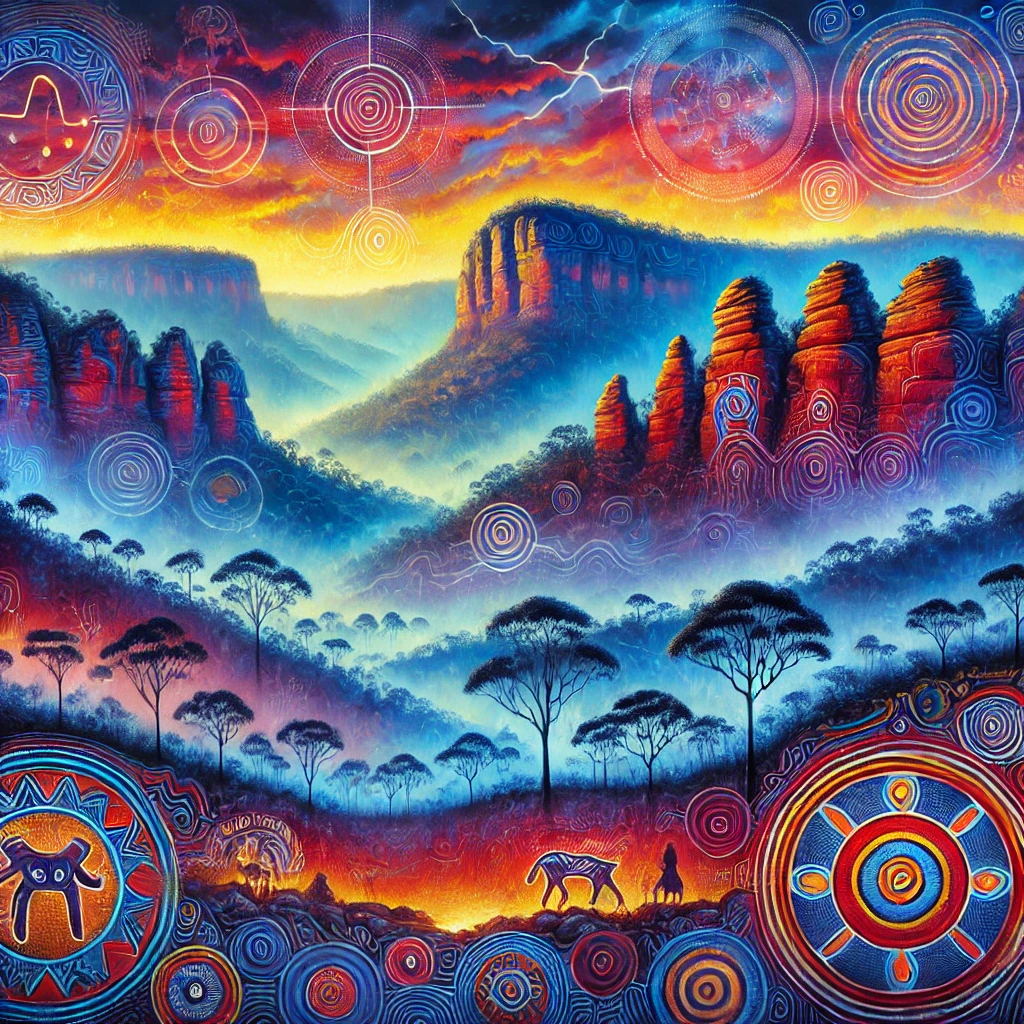
Exploring these narratives offers a unique perspective on the significance of the Blue Mountains in Aboriginal culture. Let’s journey together into the enchanting world of Aboriginal folklore and discover the timeless stories that define this iconic region.
The Blue Mountains: An Overview
I explore the profound significance of the Blue Mountains in Aboriginal folklore and history. Various Aboriginal nations, including the Dharug, Gundungurra, Wanaruah, Wiradjuri, Darkinjung, and Tharawal, have inhabited this region for thousands of years. These communities utilized the Blue Mountains as their seasonal home, hunting grounds, and ceremonial sites. The land serves as a foundation for their spiritual practices, with traditions and memories meticulously passed down through generations.
Aboriginal peoples engaged in diverse activities within the Blue Mountains. They hunted native animals, gathered edible plants, and crafted tools essential for daily life. Each part of the hunted animals was used, ensuring sustainable interaction with the environment. Additionally, ancient access routes through the Blue Mountains facilitated trade, ceremonies, and travel among different Aboriginal communities, reinforcing social and economic connections.
Significance in Aboriginal Culture
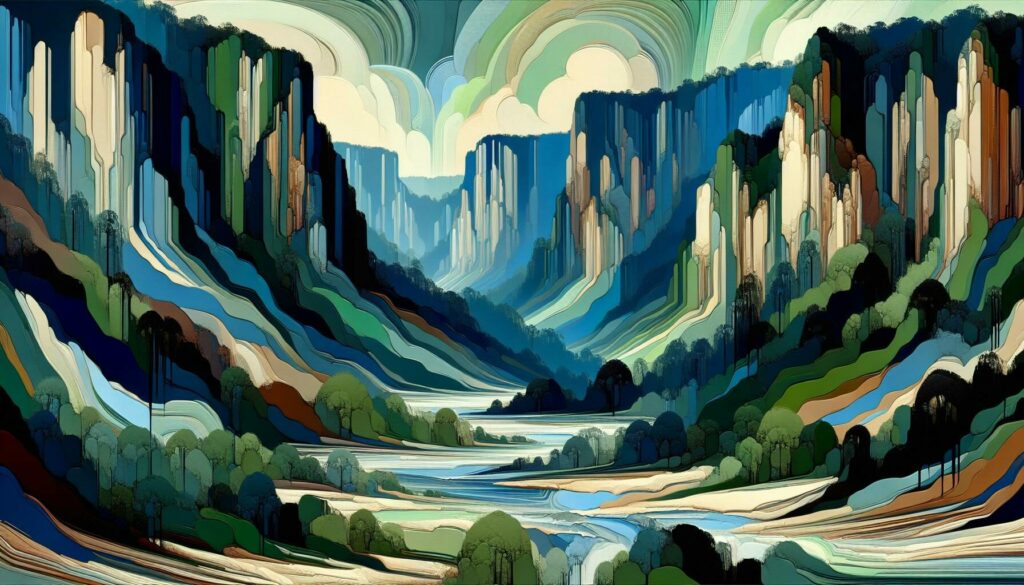
The Blue Mountains are central to the cultural heritage of the Gundungurra and Darug peoples. These lands served as seasonal homes, hunting grounds, and ceremonial sites for tens of thousands of years.
Spiritual Importance
The Blue Mountains hold sacred status among Aboriginal communities. I recognize that the land embodies spiritual beliefs, with stories and memories meticulously passed down through generations.
Connection to the Dreamtime
Dreamtime narratives are integral to understanding the Blue Mountains’ significance. These creation stories explain the origins of the land, its features, and the ancestral beings that shape its existence.
Traditional Sites and Practices
I observe that the region hosts numerous traditional sites. Locations like The Gully, Hawkesbury Lookout, and Jenolan Caves feature rock art, carvings, and remnants of tool-making, reflecting daily life and spiritual practices of Aboriginal peoples.
Mythologica Encyclopedia
I created Mythologica Encyclopedia as a growing collection of mythological and folklore creatures from around the world. New entries join gradually, selected using a random wheel featuring various gods, spirits, and mythical beings I’ve encountered. If you have a favourite, it’s likely on the list, so keep an eye out for your special creature.
Key Legends and Myths
Aboriginal folklore in the Blue Mountains encompasses a rich tapestry of legends that explain the land’s features and spiritual beliefs. These stories highlight the deep connection between the Aboriginal people and their environment.
Creation Stories
The Three Sisters Legend is a cornerstone of Blue Mountains folklore. It narrates the tale of Meehni, Wimlah, and Gunnedoo, three sisters from the Katoomba tribe. Their beauty attracted a Bunyip, a mythical creature. To protect them, their father, Tyawan, a witch doctor, transformed the sisters into stone using his magic bone. After Tyawan died in battle, the spell remained unbroken, resulting in the iconic Three Sisters rock formation[^1][^2][^5].
Another creation story involves the sisters disturbing a Bunyip in their father’s absence. The Bunyip attacked, prompting Tyawan to use his magic to turn the sisters into stone, ensuring their safety and leaving a permanent landmark in the valley.
Notable Mythological Figures
Tyawan, the witch doctor and father of the Three Sisters, plays a crucial role in these legends. His magical abilities allowed him to protect his daughters from supernatural threats, demonstrating the importance of spiritual leaders in Aboriginal society.
The Bunyip is a significant mythical creature in Aboriginal mythology. Known for its fearsome nature, the Bunyip often appears in stories as a guardian of the natural world. Its interactions with humans in these legends symbolize the balance between nature and the spiritual realm.
Cultural Practices and Traditions
The Blue Mountains shaped the daily lives and spiritual practices of Aboriginal peoples. These traditions showcase a profound connection to the land and its resources.
Ceremonial Activities
Aboriginal communities held various ceremonies in the Blue Mountains to mark significant life events and seasonal changes. Ceremonies often occurred at key sites, including rock art locations and sacred landmarks. These gatherings featured rituals like singing, dancing, and storytelling, reinforcing cultural identity and spiritual beliefs. Tools for ceremonies, such as ceremonial garments and musical instruments, were crafted from local materials, demonstrating resourcefulness and artistic skill.
Storytelling Traditions
Storytelling preserved ancestral knowledge and Dreamtime narratives vital to Aboriginal heritage. Elders shared creation stories that explained the origins of the land and its features. Tales like the Three Sisters Legend conveyed moral lessons and cultural values. Storytelling sessions took place during gatherings, ensuring knowledge passed down through generations. Oral traditions maintained the continuity of cultural practices, allowing each generation to understand their history and connection to the Blue Mountains.
Modern Interpretations and Preservation
I actively engage in preserving the Blue Mountains’ Aboriginal folklore through various initiatives. Cultural organisations collaborate with the Gundungurra and Darug communities to document and share traditional stories. These partnerships ensure that legends like the Three Sisters are accurately represented and maintained for future generations.
Educational programs play a crucial role in modern interpretations. Schools incorporate Aboriginal folklore into their curricula, fostering a deeper understanding of the Blue Mountains’ cultural significance. Interactive workshops and storytelling sessions conducted by Aboriginal elders provide authentic insights into Dreamtime narratives and ancestral knowledge.
Technology also facilitates preservation efforts. Digital archives store recordings of oral histories, making them accessible to a wider audience. Virtual reality experiences recreate significant sites, allowing individuals to explore the Blue Mountains’ spiritual landscape virtually. These tools help maintain the cultural heritage while adapting to contemporary mediums.
Tourism initiatives emphasise respect and education. Guided tours led by Aboriginal guides offer authentic narratives, highlighting the connection between the land and its people. Sustainable tourism practices ensure that cultural sites remain protected, balancing visitor interest with preservation needs.
Community-driven projects support the ongoing transmission of folklore. Art exhibitions showcase traditional and modern Aboriginal art inspired by the Blue Mountains, promoting cultural expression and awareness. These projects encourage Aboriginal youth to engage with their heritage, ensuring the continuity of storytelling traditions.
Government policies reinforce preservation efforts. Legislation protects sacred sites and recognises the intellectual property of Aboriginal communities. Funding for cultural preservation programs enables sustained efforts to maintain and promote Aboriginal folklore related to the Blue Mountains.
Overall, modern interpretations and preservation strategies integrate traditional knowledge with contemporary practices, ensuring the enduring legacy of the Blue Mountains in Aboriginal folklore.
Key Takeaways
- The Blue Mountains are a central element in Aboriginal folklore, representing a profound spiritual and cultural foundation for various indigenous communities.
- Rich Dreamtime stories, including the iconic Three Sisters legend, illustrate the deep connection between the land and ancestral beings.
- Diverse Aboriginal nations, such as the Dharug and Gundungurra, have historically used the Blue Mountains for hunting, ceremonies, and as seasonal homes.
- Traditional practices like storytelling, hunting, and ceremonial activities have preserved and reinforced Aboriginal identity and heritage.
- Modern preservation efforts, including educational programs and sustainable tourism, ensure the continuity and appreciation of Aboriginal folklore related to the Blue Mountains.
- The Blue Mountains embody a living tapestry of myths and traditions, showcasing the resilience and wisdom of Aboriginal communities through generations.
Conclusion
Exploring the Blue Mountains through Aboriginal folklore has deepened my appreciation for their rich cultural heritage. The stories and traditions of the Gundungurra Darug and other nations highlight a profound connection to the land that continues to inspire today. Witnessing the preservation efforts and modern interpretations reinforces the importance of respecting and honouring these ancient narratives. Engaging with these traditions not only celebrates Aboriginal wisdom but also ensures that the legacy of the Blue Mountains remains vibrant for future generations. It’s clear that the folklore of this remarkable region is a testament to the enduring spirit and resilience of its people
Frequently Asked Questions
What is the significance of the Blue Mountains in Aboriginal folklore?
The Blue Mountains hold profound significance in Aboriginal folklore as a sacred landscape intertwined with ancestral stories. These tales reflect the deep connection between the land and its people, illustrating the region’s role in spiritual beliefs, cultural practices, and the formation of Aboriginal identity. The Blue Mountains serve as a living tapestry of myths and traditions that highlight the resilience and wisdom of Aboriginal communities, making the area a cornerstone of their rich cultural heritage.
Which Aboriginal nations have inhabited the Blue Mountains?
Several Aboriginal nations have called the Blue Mountains home for thousands of years, including the Dharug, Gundungurra, Wanaruah, Wiradjuri, Darkinjung, and Tharawal. These communities used the region as a seasonal residence, hunting grounds, and ceremonial sites. Their long-standing presence in the area highlights the diverse cultural heritage and enduring connection to the land shared among these Aboriginal nations.
What are some traditional activities of Aboriginal peoples in the Blue Mountains?
Aboriginal peoples engaged in various traditional activities in the Blue Mountains, such as hunting native animals, gathering edible plants, and crafting essential tools. These practices ensured sustainable interaction with the environment and supported daily life. Additionally, ancient access routes facilitated trade, ceremonies, and travel, reinforcing social and economic connections among different communities within the region.
Can you explain the Three Sisters Legend?
The Three Sisters Legend is a key Aboriginal myth from the Katoomba tribe. It tells the story of three sisters—Meehni, Wimlah, and Gunnedoo—who were transformed into stone by their father, Tyawan, a witch doctor. This transformation was to protect them from a Bunyip, a mythical creature. The legend symbolizes the balance between nature and the spiritual realm, and the Three Sisters rock formation remains a significant cultural landmark in the Blue Mountains.
What are some key traditional sites in the Blue Mountains?
Key traditional sites in the Blue Mountains include The Gully, Hawkesbury Lookout, and Jenolan Caves. These areas feature rock art, carvings, and remnants of tool-making, reflecting the daily life and spiritual practices of Aboriginal peoples. These sites are sacred and serve as important locations for ceremonial activities, storytelling, and the preservation of ancestral knowledge.
How are Aboriginal cultural practices preserved today?
Aboriginal cultural practices in the Blue Mountains are preserved through various initiatives, including collaboration with local communities to document traditional stories, educational programmes in schools, and interactive workshops led by elders. These efforts ensure that ancestral knowledge and Dreamtime narratives are accurately represented and passed down to future generations, maintaining the cultural heritage and spiritual connection to the land.
What role does technology play in preserving Aboriginal folklore related to the Blue Mountains?
Technology plays a crucial role in preserving Aboriginal folklore by creating digital archives and virtual reality experiences that make oral histories and significant sites accessible to a wider audience. These digital tools help document and share traditional stories, enhancing preservation efforts and allowing people to engage with the cultural heritage of the Blue Mountains in innovative ways.
How do tourism initiatives respect Aboriginal cultural heritage in the Blue Mountains?
Tourism initiatives in the Blue Mountains respect Aboriginal cultural heritage by offering guided tours led by Aboriginal guides who provide authentic narratives and promote sustainable practices. These initiatives focus on education and respect for sacred sites, ensuring that visitors gain a deeper understanding of the cultural significance of the region while helping to protect and preserve these important areas.
What efforts are made by the government to protect the cultural heritage of the Blue Mountains?
The government supports the protection of the Blue Mountains’ cultural heritage through policies that safeguard sacred sites and fund cultural preservation programmes. These efforts include protecting important areas from development, providing financial support for community-driven projects, and collaborating with Aboriginal organizations to ensure the accurate representation and continuity of traditional knowledge and practices.
Why are Dreamtime narratives important to Aboriginal identity in the Blue Mountains?
Dreamtime narratives are essential to Aboriginal identity in the Blue Mountains as they convey ancestral stories that explain the origins of the land and its features. These narratives embody spiritual beliefs and moral lessons, fostering a strong sense of cultural identity and continuity. By preserving and sharing Dreamtime stories, Aboriginal communities maintain their connection to the land and their heritage, ensuring that their history and traditions endure.
Author

Josh Morley holds a Bachelor’s degree in Theology from the Trinity School of Theology and a Diploma in Theology from the Bible College of Wales. His academic journey involved interfaith community projects and supporting international students, experiences that shaped his leadership and reflective skills. Now based in Liverpool, Josh is also the founder of Marketing the Change, a digital agency specializing in web design and marketing.
View all posts




